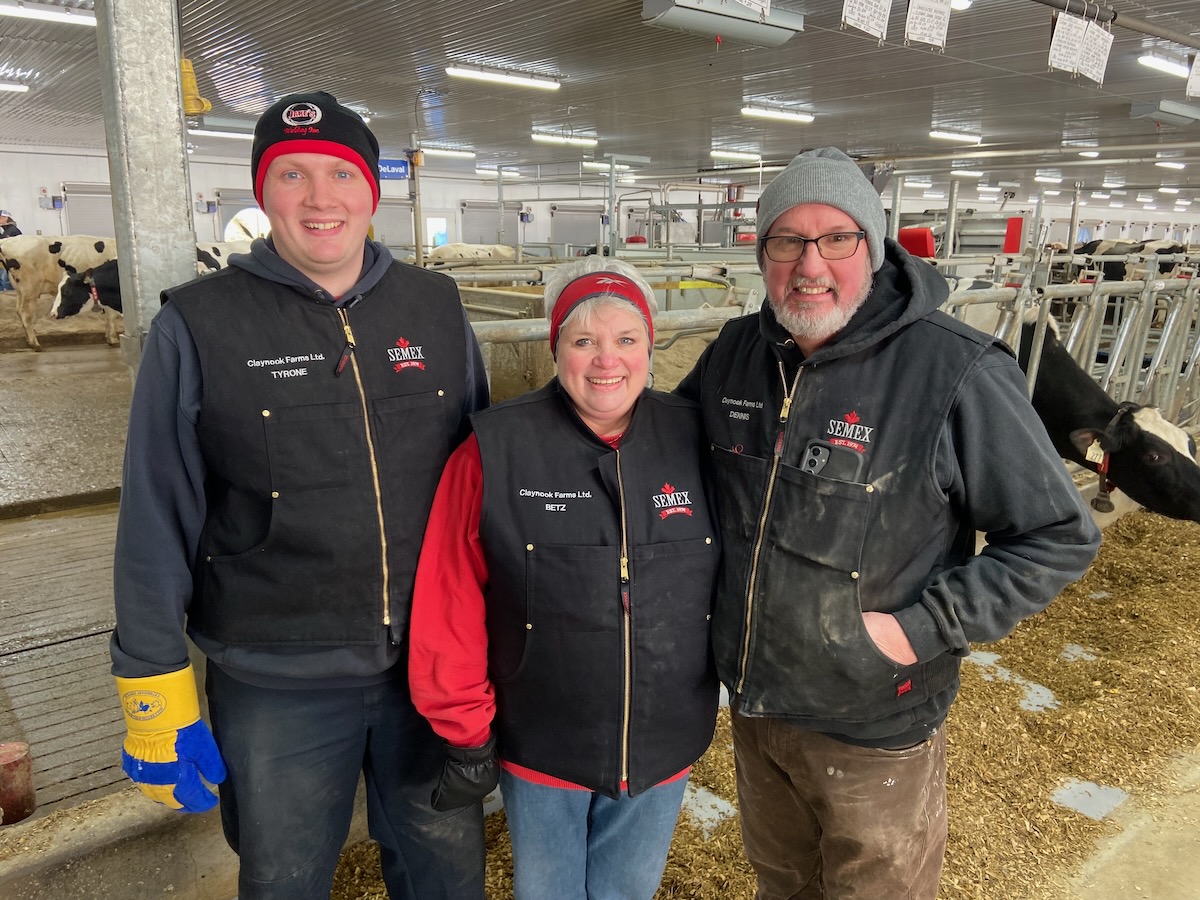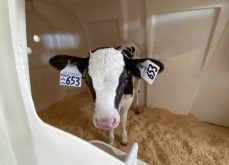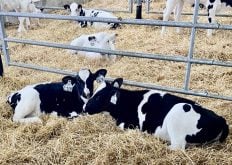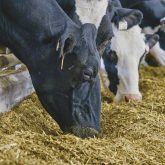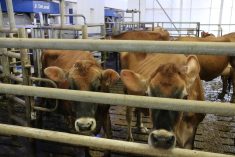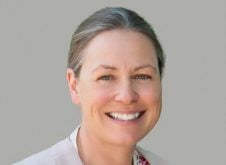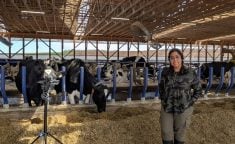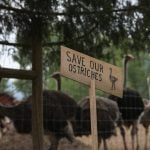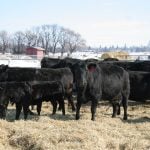Claynook Farm has charted its own course over the years, in buildings and in the elite genetics of its cattle.
The Wagler family at Claynook started milking in a cross-ventilated robotic-milking barn about a year ago and held an open house for the industry on Dec. 14, 2024 at the farm near New Hamburg.

The new barn is connected at an angle to the previous barn, the design of which was unique. The barn had 183 stalls and about 175 cow were milked, tail to tail, and was one of the largest tie-stall barns in the province. The barn was long enough, that it had to slope to the middle for manure flow. Across from the tie stalls were free stalls for heifers and pens for dry cows.

The new barn houses about 160 cows now and with four Lely milking robots, there are enough stalls for 220 cows. Tyrone Wagler, who runs the farm with his father Dennis and mother Betty Ann, says that they don’t expect to completely fill the barn as they don’t want to overcrowd the cows. He says the goal is to have cows fill two kilograms of butterfat per day and shows the level of milk produced by Claynook cows. A kilogram of butterfat is the equivalent of one unit of milk quota. It takes high production to meet those goals and Dennis says that cows on the farm are averaging 13,001 kg of milk at 4.6 fat and 3.5 per cent protein. The farm’s Breed Classw Average or BCA is 298 for milk, 364 for fat and 325 for protein.
Claynook also continues to be a leading supplier of dairy genetics, selling bulls and embryos around the world. Since the start of genomic testing, and the increase in speed in turnover of dairy bulls, the number of farmers who considered themselves breeders of elite cattle has declined. Claynook remains a force, with bulls with their prefix continuing to appear near the top of the Holstein bull lists. Claynook Zeus, at Blondin Sires, is the third highest genomic Lifetime Profit Index (LPI) young sire in Canada at 3967 LPI.
Read Also
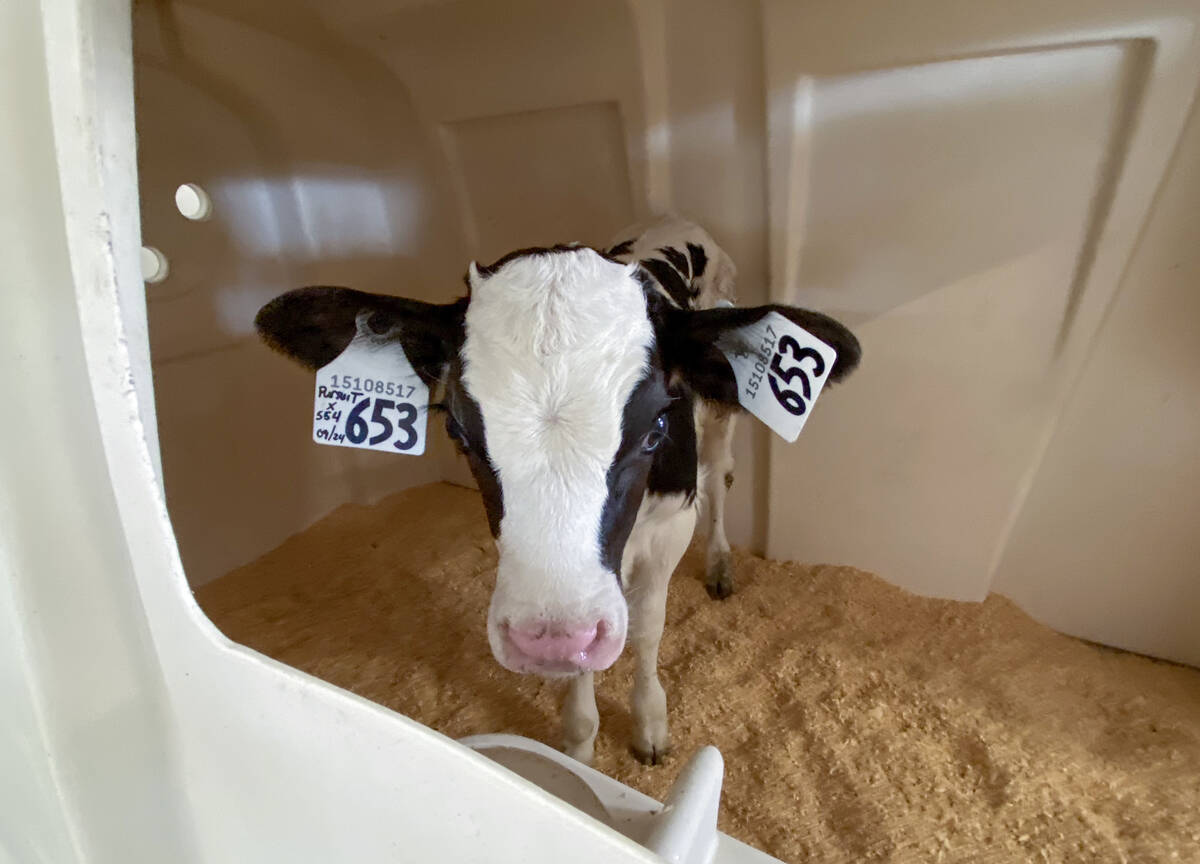
Lactanet turns methane expertise into business opportunity
Lactanet’s new fee-for-service breeding tool initiative to reduce greenhouse gas emissions in Canadian and Swiss Holstein herds will launch in April 2026.
Tyrone says that’s because of the deep genetic quality bred into the Claynook cattle by his father Dennis, his uncle Wayne who was also a partner in the herd until three years ago, and his grandfather.
The new barn is cross ventilated with 27 fans on one side of the barn, and curtains on the other. On a cool December day, only a few fans were open and running, but Tyrone Wagler says that the fans help to change the air, keep the cows comfortable and reduces fly numbers.
“The barn’s set for a nine-degree temperature in the winter at night, it might get down to seven in here, the fans do their own thing and shut down, and they can slow down speed,” says Tyrone.
In the summer the fans can change the air 2.75 times per minute.
The 140-foot wide barn is slender enough, and has a 10-foot ceiling, so it doesn’t have any of the baffles or fans inside the barn to direct air to the cow level.
The four robots are open, with no robot rooms around them, as is common, so there are no impediments to airflow across the barn.
The cows in the barn lounge in sand bedding, a change from the straw-bedded mattresses in the older barn.
“It’s king for cows. We’d always heard that straw was the gold standard for freestalls.”




